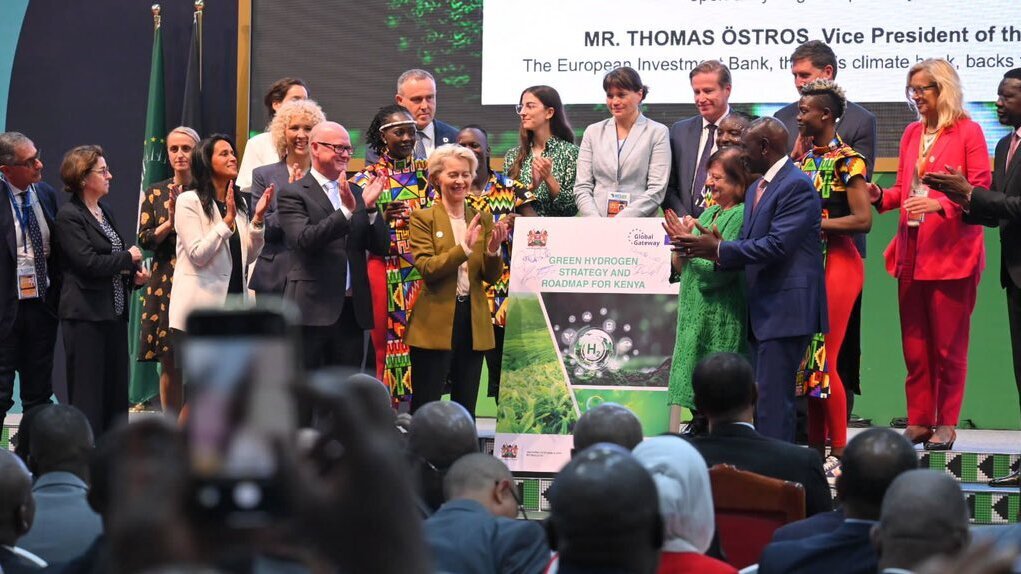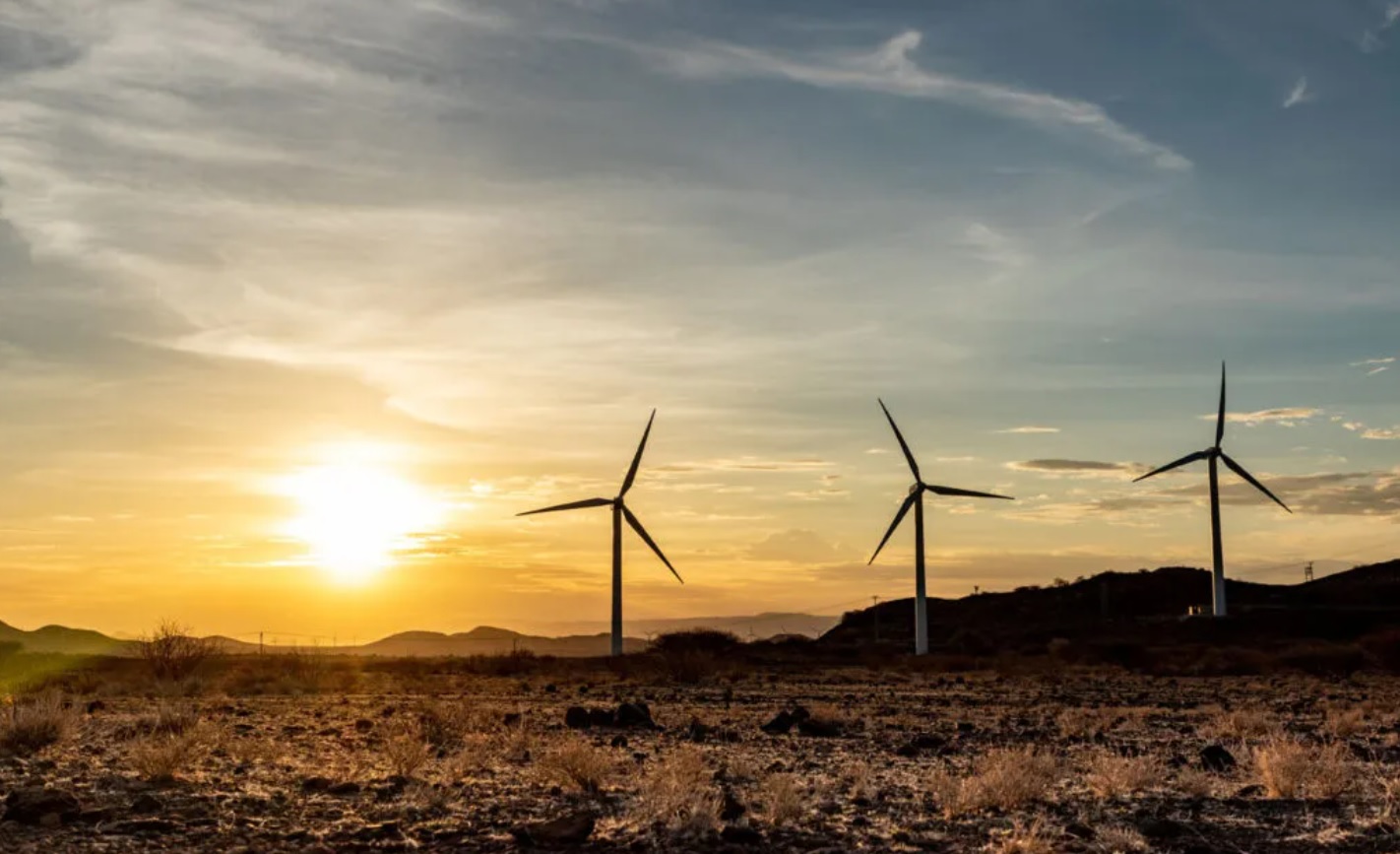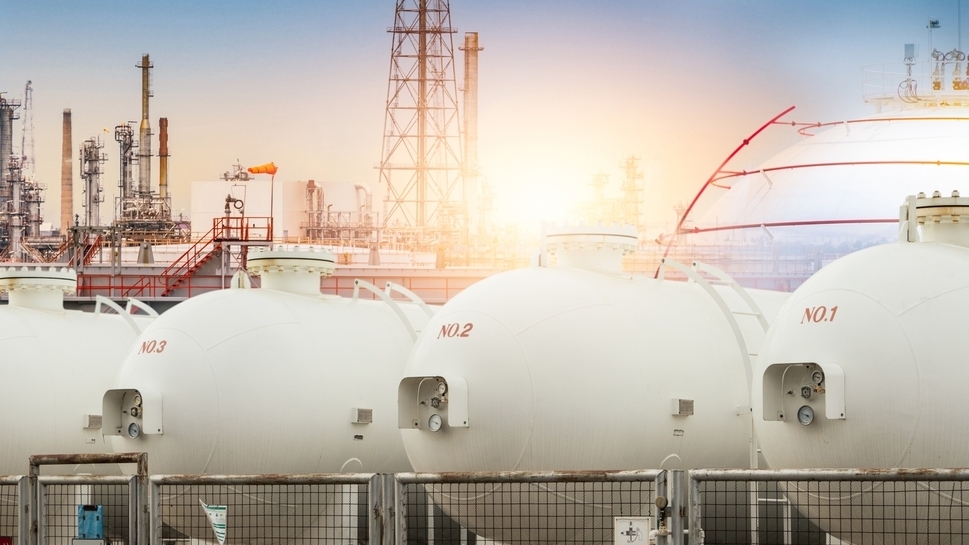
ACS 2023: Global investors have been bitten by Kenya’s clean energy bug
Danish pension funds allocating hundreds of millions of dollars to Kenyan renewables reflects the green investor mood in the East African nation
As the Africa Climate Summit is coming to a close, delegates will leave Nairobi with two key takeaways: host Kenya is focused on attracting foreign investment to fund its transition to renewables and the country’s president, William Ruto, has arguably turned into a key advocate of the transition to renewable energy investments.
During his two keynote speeches, the relatively new head of state, only in office since last year, urged capital owners to reconsider their current investment strategies and reallocate billions to explore a push into renewables and infrastructure in Africa.
Ruto told delegates at the summit in Nairobi that non-African investors should no longer see the continent as an obstacle but consider the somewhat neglected continent as a lucrative opportunity where they can make good returns in the long run.
"The overarching theme is the unparalleled investment opportunity that climate action represents, also for Africa,” the head of state said at a packed conference hall in downtown Nairobi.
“For a long time we have looked at Africa as a problem. It is time we flipped and look at it from the other side."
Ruto addressed capital owners directly when he said that "we must see and think in green growth, not just a climate imperative but a fountain of multi-billion dollar investment opportunities that Africa and the world is prime to capitalise.”
His green thinking is not without action. Kenya is rapidly becoming a regional renewables powerhouse as investors seem to be prepared to pump relatively large amounts of equity into a host of new projects, from hydropower to solar to wind.
It should therefore not come as a surprise that Africa’s largest wind farm is in Kenya, the Lake Turkana Wind Power Project.
Located in the country's far north, in the dry, remote Lake Turkana region, close to the border with South Sudan and Ethiopia, the 365 wind turbines, each with a capacity of 850KW, carry strong Danish fingerprints.
It is Kenya’s biggest-ever private investment into renewables with a commitment of €620 million from the Danish Climate Investment Fund, which was co-founded and is fully funded by three of Denmark's largest pension funds, PensionDanmark (PD), Pensionskassernes (PKA) and Pædagogernes Pension (PBU). It is also Kenya’s largest infrastructure investment, ever.
"If Kenya unites and uses this pivotal moment that we're now in, we can effectively leapfrog dirty energy and become green leaders."

The special green investment relationship between Denmark and Kenya was further underpinned when Dan Jorgensen, the Danish minister for global climate policy, announced at the summit yesterday to pump $230 million in Africa’s Green Climate Fund between 2024 and 2027, thereby doubling invested during the 2020-2023 period.
"Climate and development policy are connected. Therefore, an increasing part of Denmark's development aid will go to green purposes in the future," Jorgensen told delegates in Nairobi, calling the cash injection “an absolutely decisive kick in the international conversation about our handling of the climate crisis."
The Green Climate Fund finances Africa's green transition by reducing greenhouse gas emissions, as well as working to help the continent to adapt to climate change. Kenya has, so far, been the main receiver of the funds.
Part of Kenya’s success in pulling in capital from non-African investors is a rapid change in investor mentality, explained Mavis Owusu-Gyamfi, executive vice president of the Ghana-based African Center for Economic Transformation (ACET).
She said Ruto is proactively charming global investors with the message that "Kenya is not a victim but a critical player in solving the world's climate crisis.”
It is a message that seems to resonate with institutional investors seeking to invest in developing countries as well as further embracing the renewables space. Two birds with one stone.
Ruto has managed to exploit this successfully, Owusu-Gyamfi noted, as he presents Kenya to the international investment community as a pro-business, reliable safe haven that understands the language of the global investor.
Also read
ACS 2023: Rifts on the African energy transition send mixed signals to investors
That unconditional focus on non-African capital owners explains why a draft version of the final declaration of the Africa Climate Summit, which will be presented today, places investments in renewable energy investments centre stage, as well as biodiversity and nature assets.
Following this week’s summit in Nairobi, an official of Kenya’s ministry of trade & industry told Net Zero Investor today that his department is planning “an investor road show, to the likes of New York City, London, Singapore, Sydney, Stockholm and Delhi” this year, to highlight to capital owners why they should include Kenyan renewables into their investment strategies.
Ruto is so convinced his country is an attractive and reliable investment proposition for pension funds, insurance firms and other Western institutional investors that they can help to realise his ambitious roadmap for Kenya to become entirely energy self-sufficient within the next seven years, primarily through the rollout of renewable energy solutions. This is only possible if more institutional investors find their way to Nairobi.

Despite the renewable buzz swirling around Kenya, the same can not be said about the rest of the continent. In fact, Africa still has a long way to go, according to Charra Tesfaye Terfassa of the think tank E3G, also at the event in the Kenyan capital.
Across the continent, she does see a “perspective shift” that investors appreciate, but Africa's lack of political clout and financial weakness should not be underplayed.
Tesfaye Terfassa pointed out that one only needs to look at recent events across the region, with a military coup in Gabon last week and a political takeover less than a month ago in Niger, to understand why investors are reluctant to allocate significant funds.
Admittedly, Africa remains a complicated maze for outsiders, notoriously diverse and divided, with over 1.2 billion people across 54 countries, all with their own cultures, ecosystems, rule and traditions.
Perhaps most importantly, most nations have their own green investment agenda, which varies greatly from country to country.
"We must see and think in green growth, not just a climate imperative but a fountain of multi-billion dollar investment opportunities that Africa and the world is prime to capitalise."

But Kenya's ambitious, self-confident, pro-business approach is helping the entire continent to grab the global investor spotlight, argued Mohamed Adow, director of the think tank Power Shift Africa.
He said this week’s conference was “a chance to transform Africa into a place for making rather than extracting, and rise above rivalries between China, the United States and Europe.”
Adow is convinced that “just like we were able to leapfrog the fixed telephone line to mobile, this continent, if it unites and uses this pivotal moment that we're now in, we can effectively leapfrog dirty energy and become green leaders.”
Ruto, meanwhile, did acknowledged Africa still has a mountain to climb.
“To transform the continent into a source of the world's revolution in green power, Africa needs an influx of fresh investments, because, despite hosting 60 percent of the world's best solar energy resources, Africa has roughly the same amount of installed capacity as Belgium,” he told delegates.
To add action to his words, Ruto invited a range of political leaders on stage at the summit yesterday, including European Commission president Ursula von der Leyen, to launch Kenya's Green Hydrogen Strategy, aimed at luring more foreign investors to the country.
"It is the beginning of a green revolution for Africa!" Ruto proudly declared.
Also read
ACS 2023: carbon credit retreats cast shadow over investor-focused climate summit




